|
Weeding affords one lots of time for contemplation. There's a certain amount of Zen to harvesting garlic scapes, which also gives me time to consider life.
You are correct if I sound like I'm off on one of my philosophical ventures. One of my mother's sisters-in-law passed away, and I attended her funeral on Saturday. The prior Thursday, I drove to Jamestown to visit my dad on his 95th birthday. His hearing is gone, but he is in good health. Lonely because he's slowly becoming the last of two extensive families I call mine. We got him a new smartphone hoping he could at least have a fighting chance at hearing us when we call. I've said this before. I thought I would have a large family forever. But I knew someday they would all be gone. Tucked inside my mom's family history book are funeral folders and a list with highlighted names. This week another name received its yellow swipe. On a positive note, I spent some time with my cousins, Jan, Diane and Connie. Rather than drive straight to the New Kassel Cemetery for the burial, we took a "crop tour" of old farmsteads. Some are gone – some have changed hands – most I don't remember how to get to. We drove by my grandparents' farm. That I remember. The tree row, the barns across the gravel driveway, I remember. The house is gone. The old grinding wheel for sharpening knives is gone. The garden is gone. But memories live on. I didn't grow up in that area. My dad moved us to Fredonia and then to Gackle by the time I was 12 years old. I knew some of the names my cousins were remembering, most of them not. At one time, if you stood on top of a particular hill, you were surrounded by Meidinger farms, all relatives of mine. Even though I knew all my relatives, perhaps better than my siblings, I didn't know them. My mom's family was skilled at crocheting, metal work, woodwork, farming, gardening, cooking, sewing, you name it, someone could do it. Every funeral gives glimpses into my aunts and uncles' lives outside of the gatherings we attended. Now they are joining together to rest peacefully at the cemetery south on Zeeland road. That cemetery reads like a history of my mom's family. It saddened me to notice the fresh soil in the row that contains three of my mom's brothers (one of them is not there yet because it was his wife that passed last week) as the funerals are happening closer and closer together. The New Kassel Church t in 1905, incorporated in 1911, burned down in 1938, was rebuilt the same year, and then in 1979, merged with two other churches and became the UCC in Wishek. Everyone at those services was related to me -- men on the right side pews and women and children sitting on the left. I included directions in our history book so the younger generations could find it someday. Attending that church is one of my blessed memories. We always discuss how the cousins should get together for a visit outside of funerals, but it isn't very easy. We live so far away from each other. And that wasn't always the case. Before arriving at the cemetery, Jan turned to me and said, "I grew up with 46 cousins, all within 33 miles of me. That was because of you." I laughed when I finally figured out she meant I messed up her proximity by living in Fredonia at the time. My dad didn't care to farm and moved us to what was commonly called "the hinterlands." My friends, it hurts to realize that time waits for no one. So, to my family that has gone before me – until we meet again in heaven – I will remember you.
1 Comment
Skateboarding is a dangerous sport and to this day I shudder to think of all the emergency room visits with my son who lived to skateboard. My son has a birthday next week. He will be 36. He has a wife, two children, a good job and my father’s name. There is nothing on this planet I could buy online or in a store that he doesn’t already have, so I decided I would give him words for his birthday.
After my daughter was born three years earlier, I thought I could never love anyone as much as I loved her. I was wrong. Adam was a good baby. He was born on a Saturday night, June 29. We lived in a neighborhood of townhouses with 46 children under the age of 12. It was around 9 p.m. on a warm summer’s eve as we got into the car to go to the hospital with nearly all the families on our street sitting on their front steps waving us off. Unlike my daughter, my son looked like me; his son looked like him. It’s almost uncanny, but he always says, “who would you think my son looks like, if not me?” Adam has a sense of humor. He’s also very frugal, as one would expect from someone Russian-German. We traveled together when he was young, into middle school and midway through high school. He was the best of traveling companions sitting in the car for 8-10 hour stretches, helping carry canopies and boxes of woven clothes. He loved funnel cake. He helped other artists unload products or walk dogs to earn money for these sweet treats. His favorite road food was Subway sandwiches. At home, we communicated with a notebook on the kitchen counter. As I was sorting through “stuff” in my basement trying to hygge my house, I found this page from one of those many notebooks. It was a grocery list. Milk Eggs Bread Lettuce Party Pizzas, pepperoni, please We don’t need cheese We have the ones in square. You should get one pear. We have good soda pop, But we don’t have any lollipops. We have good breakfast food. Would it be rude For me to ask for corned beef hash? On your way home, don’t crash. That’s it for today, Be back right away… Also plums. In addition to being very careful with his money and writing poetry, he made up great words that I wish I had recorded for posterity’s sake. Adam’s youthful claim to fame was his skateboarding. From the time he could walk, he skateboarded. People would stop as they drove by my house to watch this tyke cruising down the sidewalk. As he grew and developed skills, he partnered with a couple of friends and made videos of skateboarding. Mandan didn’t have a park then, so after being banned from many parking lots and stairways around town, the boys got together and petitioned the city commission and park board to build a skate park. While that may have been one of my proudest moments, watching some skating mishaps still gives me goosebumps. So, as another year passes and I cannot think of a thing you need from me, I give you this. You are my son. I love you. You have grown into a responsible man with a family, and I couldn’t be prouder of your accomplishments. I miss our travels together, especially the history lesson trip following the Lewis and Clark trail west, visiting all those historic sites and camping along the Salmon River in the Sawtooth Mountain range the day before they closed the park for the annual salmon spawn. Here’s to your extraordinary life, my number one son. Happy Birthday. Love, Mom. 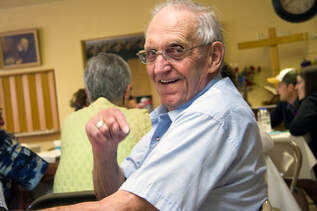 Happy father's day to my father who will be celebrating his 95th birthday at the end of June. Happy father's day to my father who will be celebrating his 95th birthday at the end of June. It rained. Wow, it's incredible what rain has done for the lawn, the fruit trees, the garden and the weeds. Even people are a bit more cheerful with the beautiful mornings cleansed by God's gift of rain. It's weeding season at my house. Farmer's markets officially begin for me on Saturday, July 2. In the meantime, I'm trying to weed (about four hours every day I can) to give my plants the optimal opportunity to grow. Hopefully, the warmer temps will boost the tomatoes, peppers and squash. Speaking of fathers, a robin father kept me company in the high tunnel on Monday, collecting bits of straw and string to build a nest. It's a little late, I think, but completely ignoring my presence, I watched the bird gathering a beak full of building material. It was pretty amazing. Then I remembered Sunday, June 19, is Father's Day. Not everyone my age still has a father, but our family seems to have some longevity in its DNA. My dad also has a birthday at the end of the month – he will be 95. So, according to information on the internet, Father's Day was the brainchild of Sonora Smart Dodd. Her father, a Civil War veteran, raised her, so she created a day for him. But the first official holiday was celebrated on June 19, 1910. It began as a religious holiday, as Dood thought of the idea during a Mother's Day sermon, but it became commercialized with gifts and cards. Not only are our fathers honored on that Sunday, but grandfathers, brothers, husbands, and any influential male in your life. A couple of days later, at 4:14 a.m. Tuesday, June 21, the astronomical first day of summer begins. We have all been waiting for summer. This year's longest day is also known as Midsummer's Eve, a national holiday in Sweden and Finland. If you observe the sunrise, it's amazing how the position changes over the year. In our area, the sun reaches its highest and northernmost points in the sky, summer in the northern half of the globe. On Tuesday, in our area, sunrise occurs at 5:47 a.m. and sets at 9:43 p.m., giving us nearly 16 hours of daylight, not counting Twilight. For those who don't study the sky, there are three observable twilights – civil, nautical and astronomical. They each occur twice in 24 hours. Let's begin at night. When the sun sets and until it reaches six degrees below the horizon is Civil Twilight. Nautical Twilight begins where Civil Twilight ends. If you are a sailor, you will know that Nautical Twilight ends when the horizon and the sea are no longer distinguishable. Once Nautical Twilight began, sailors could navigate using the visible planets and stars. Astronomical Twilight starts when the sun reaches 12-degrees below the horizon through about 18-degrees. This is the time to begin star gazing. Hopefully, you can find some areas not polluted with light to observe these three twilights. In the morning, the order of Twilight reverses as the sun approaches the horizon. According to the Famers Almanac, Midsummer marks the midpoint of the growing season, halfway between planting and harvest. This is the time more commonly referred to by every gardener as "The Weeding Season." So while you are all dancing and feasting and celebrating Midsummer's Night Eve, gardeners will be taking advantage of the extended daylight to, you guessed it – weed. Thankfully, from Tuesday forward, the days will become noticeably shorter. That means I might sleep past 5 a.m. because every good gardener "makes hay while the sun shines this time of year." Dandelions are prolific this time of year. Recent rains have breathed new life into the lawn and the dandelions that serve as bee food, people food and ingredients for soaps and lotions.
You see them everywhere these days. Fields of yellow blossoms waving in the sun and warmth of coming summer. The word must be out. Summer's coming. More and more people are allowing at least one crop of dandelions to gracefully age into white-headed ladies before casting their future into the air and dying. Do bees need dandelions? Maybe not. My husband quit spraying the driveway to kill off the unwanted "weeds" a few years back. He stopped spraying because he read that the bees needed the dandelions. And we need the bees. That made me very happy. As you know, I'm always sticking things in my mouth while working outdoors, and now everything has been chemical-free for at least four years. If you do more research online, you will find that dandelions are not necessarily a first-choice bee food. The pollen in dandelions is not sufficient for the bees. However, they rely on dandelions as filler food if pollen from fruit trees and flower beds is insufficient in early May. They are also very abundant if allowed to seed out every year. Dandelions are a common member of the sunflower family, and there are about 100 species. Like sunflowers, you may have noticed dandelions open with the sun and close overnight to sleep. The serrated leaves reminded someone of a lion, hence the French name "dent de lion" or lion's tooth. Dandelions are survivors and spread like wildfire. They do not need insects to pollinate for seeds to survive, even though insects and bees hop from one to the other consuming nectar or seed. Because I love folklore and such, a dandelion represents three celestial bodies. The flower represents the sun, the puff ball resembles the moon, and the seeds floating away on a summer breeze (in North Dakota, anything under 60-miles per hour is considered a breeze) represent the stars in the sky. But, never mind the bees, there are many reasons not to kill off the dandelions. In many cultures, the herb dandelion was more valued than a green lawn. First off, if you have small children, dandelions are usually the first "flower" a mother receives. What could be more joyful than watching a child's fascination with dandelions? As my summer reading program, I purchase "old" novels from Abe Books like Foundation, The Invisible Man and Fahrenheit 451. When Fahrenheit's main character, Montag, meets Clarisse, she rubs a dandelion under his chin. She explains that if the pollen rubs off, he is in love. He is married, but no pollen would indicate he is not in love with his wife or anything in this dystopian novel by one of my favorite authors, Ray Bradbury. All three parts of the dandelion are useful and edible. The leaves can be eaten when young as bitter greens in salads or frittatas. The leaves make good tea, and the root can be dried and ground and used as a coffee substitute. Green leaves can be mixed with basil and made into pesto with a healthy kick. Like squash, the blossoms can be dipped in egg white and fried or taken off the bitter pod and sprinkled over salad. I have yet to try this, but I harvest dandelions to make soap or dying organic cotton fabric. The color of the dandelion leaf is a beautiful green. Dandelion-infused soap or balm soothes irritated skin. I'm planning on drying some root this year because someone told me it smells like chocolate. And, who doesn't like chocolate? When harvesting roots, you will see earthworms gather around dandelion roots, for it is a natural humus producer. Humus is soil with an ecosystem and a goal for people who grow. While we wait for the gardens, patiently, I might add with these recent cold temperatures, try a few dandelion experiments and let me know what you think. 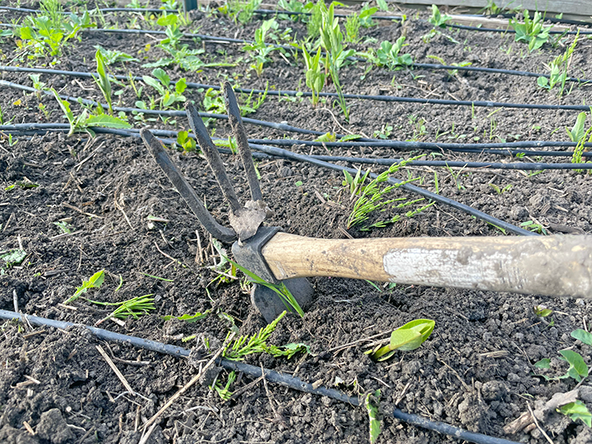 This new hoe is perfect for my raised beds. It's narrow enough for close rows. This new hoe is perfect for my raised beds. It's narrow enough for close rows. By the time you read this column, your garden should be planted. The weather has cooperated with much-needed rain. Transplants aren't shocked as much when under cover of clouds for a few days as they acclimate to their new home outdoors. My greenhouse is so leaky I don't feel the need to harden my transplants off before putting them outside. Naturally, I have more tomatoes than I have space, so I will have to find someone to adopt them because I cannot kill them myself. The rains have been most welcome, not overpowering or filled with anger and hail. We try to protect the tiniest of transplants with old tin cans or plastic Folgers containers. I prefer the tins but don't often purchase restaurant-sized cans of beans. So I scrounge. While rain is a blessing, there are other things taking advantage of the wet – my arch enemy of late – weeds. They say that weeds are simply plants that grow where they don't belong. I have never seen so many weeds show their faces so early in the season, and I guess I have to blame the rain. This is my year to defeat those weeds and try and have a picture-perfect garden. (I have found that the only picture-perfect gardens are those on television, but that's a story for another time.) You can do things to prevent weed pressure on your vegetable plants in their early development. This year, I will win the war on weeds. So, when hopefully the sun shines warmly on Monday, I begin my weed rotation. First off, the ground near the drip lines is green and furry like a Muppet. So, I will get out one of my favorite "zombie" killing tools and begin to "disturb" these first-out-of-the-chute weeds. My latest "zombie sticker" is a hand-held hoe narrow by about two-thirds the width of a regular hoe. I have some raised beds with close rows, and this tool is perfect for that three-inch space. My first attempt at weed control involves hacking the soil and "disturbing the roots" of these unwelcome plants. Allow them to lie on top of the ground and dry out. If you do not dig deeper than an inch or so, you will not bring any more weed seeds to the surface and thus eliminate (hopefully) many weeds. One of the things you must be very careful about early in the garden is disturbing the roots of the plants you wish to grow. Sometimes you need to allow the weeds to coexist until the vegetables are stable enough to stay rooted as you remove the weeds. If your carrots are up and you want to help them, use the Ruth Stout hint about using manicure scissors to cut those weeds at the soil line, leaving the carrots intact. This also works for thinning carrots and beets. And the view from down under can be quite pleasant on a sunny summer morning. Once your vegetables and herbs are stable and healthy and the soil is warmed, you can control weeds by mulching with grass clippings, straw or those weeds you have pulled and allowed to wither in the sun. People say gardening is difficult, but if you can spend the first month nurturing your plants and disturbing the weeds, you can sit back and enjoy your garden until it's time to harvest. It needs very little attention, water, sun and love. But, don't forget the love. That's the most important thing you can do. Even if you can't get a handle on all the weeds, they do serve the purpose of keeping your soil covered. Don't fret. Even weedy gardens produce, just not as much. So sing to those plants and let the battle begin. |
Sue B. Balcom
Writing, or maybe talking, comes naturally to me and under the guidance of a great newspaper editor I have acquired skills that led me to author four books. Archives
January 2023
Categories |
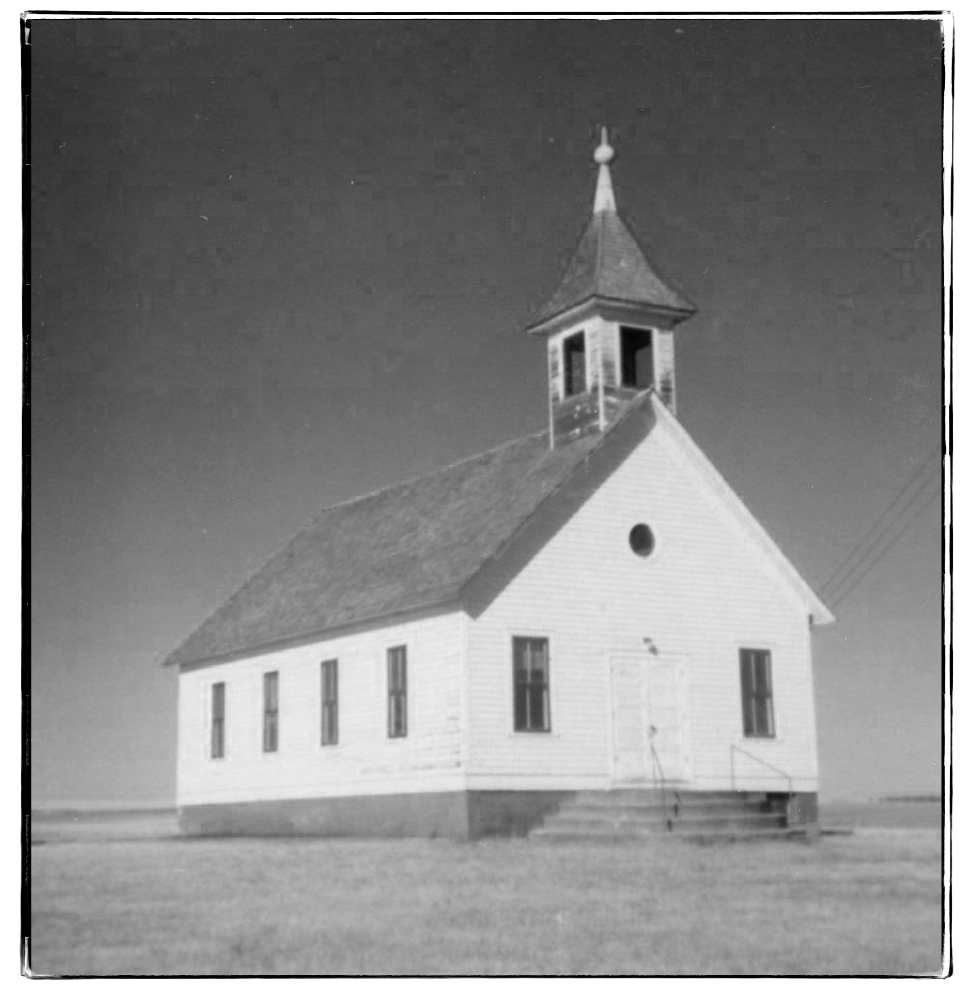
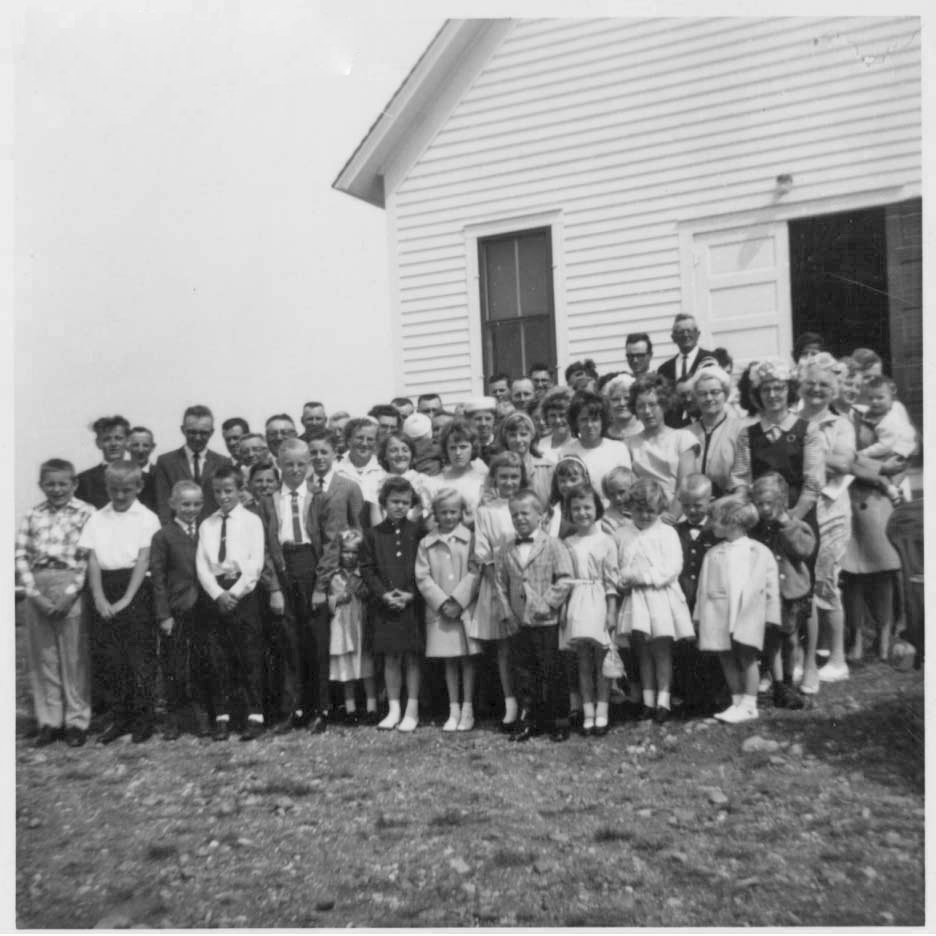
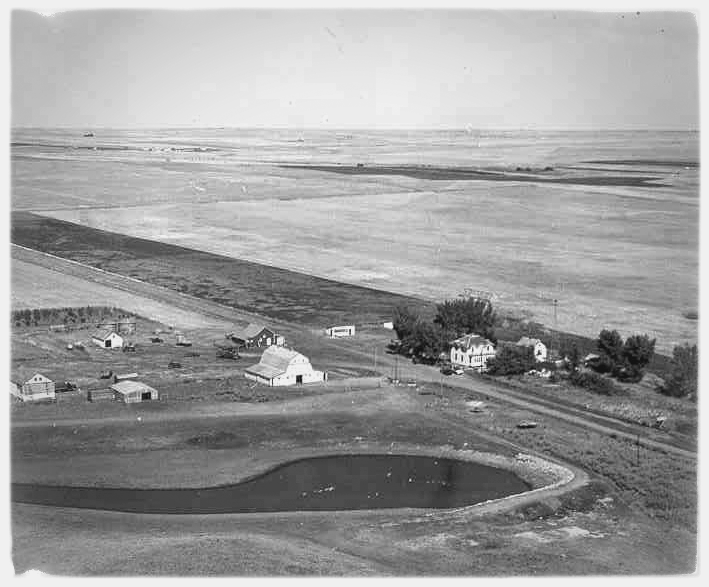
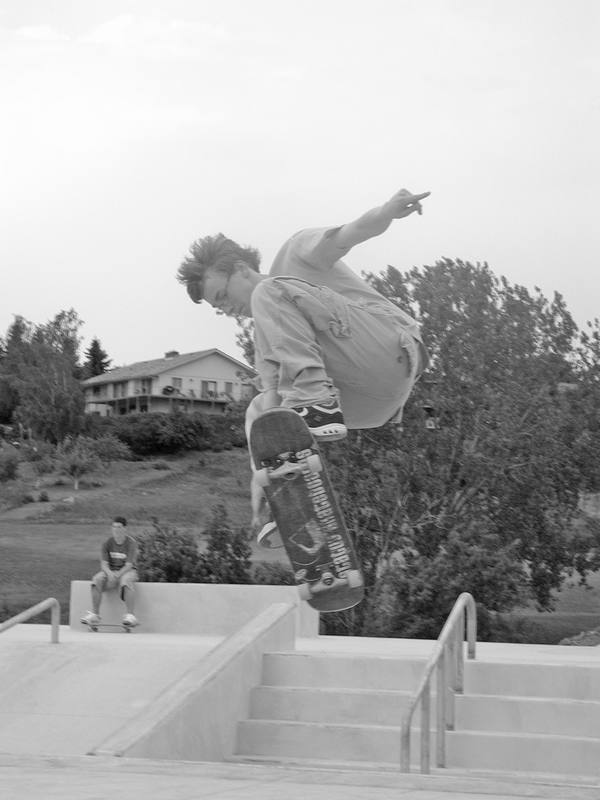
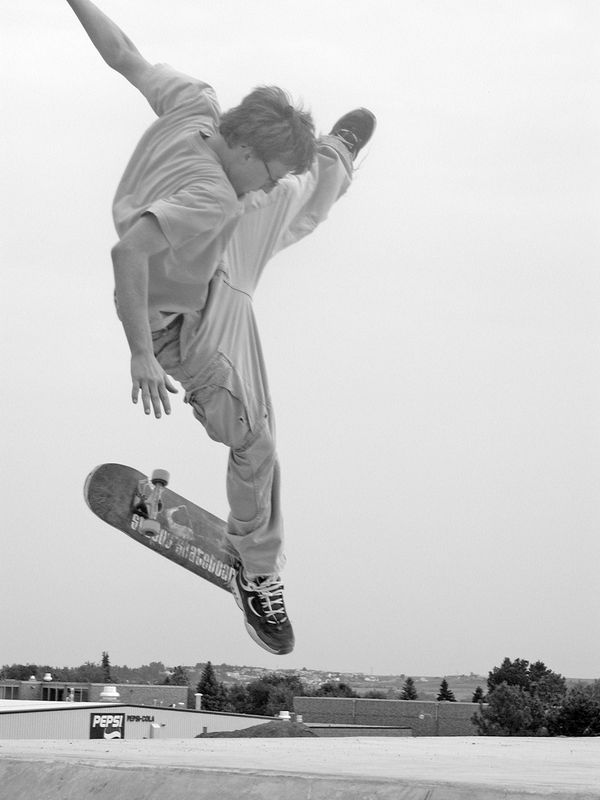
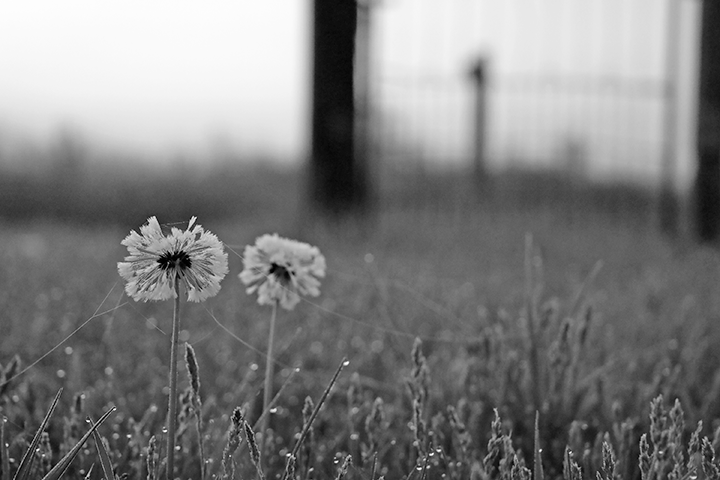
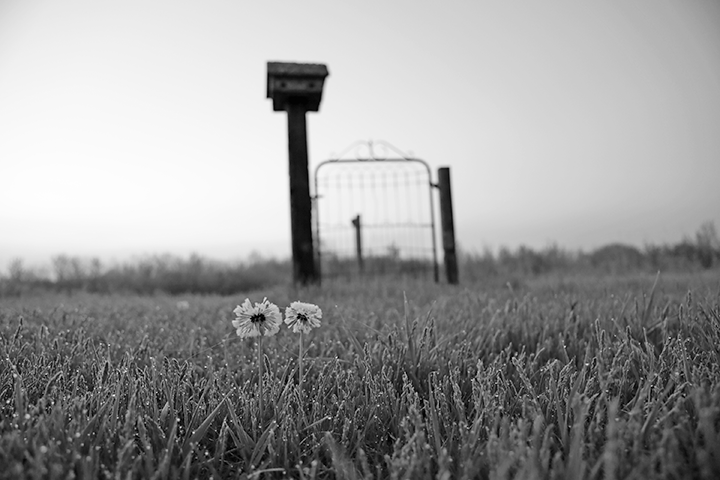
 RSS Feed
RSS Feed